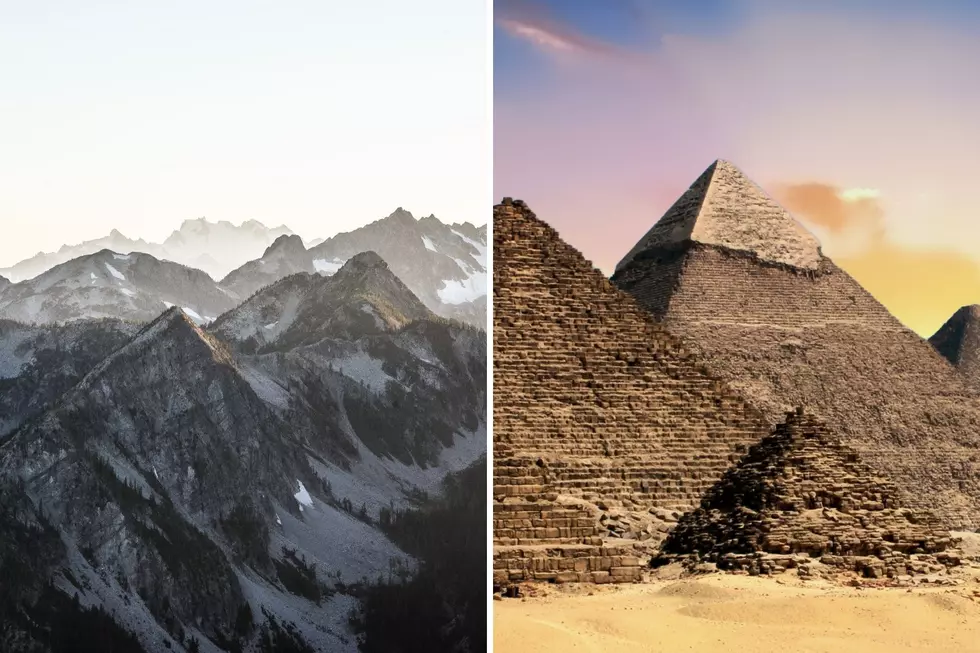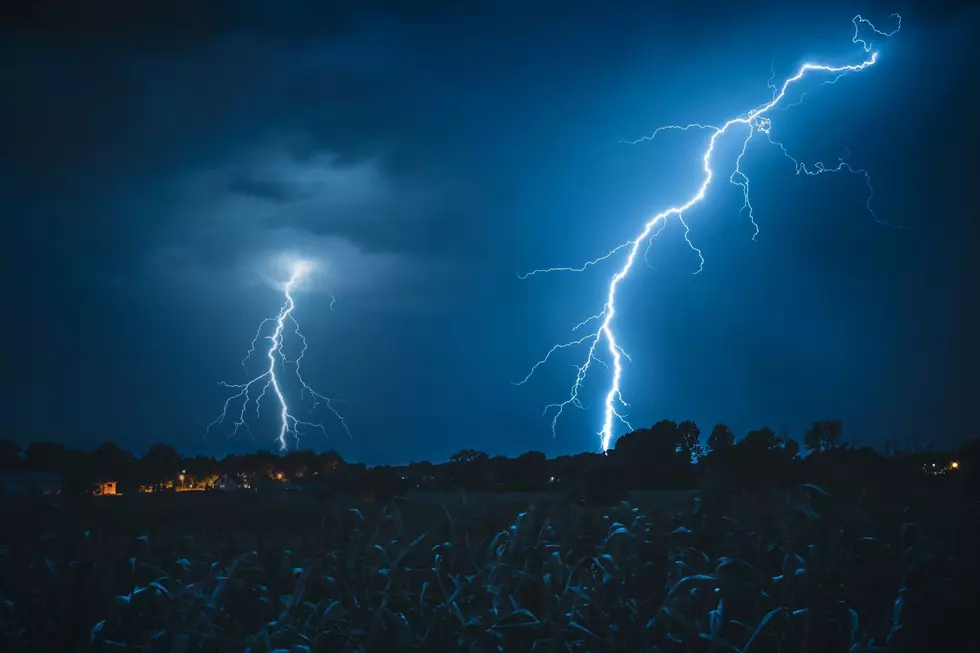
Friday Lightning Storm Sparks Fires in Lolo National Forest
Friday night into Saturday the Lolo National Forest reported on its Facebook page that due to severe and widespread thunderstorms and lightning across the Lolo National Forest, firefighters were actively responding to multiple smoke reports. The initial response was also underway on several small wildfires starts in the Superior, Ninemile, Plains-Thompson Falls, and Missoula Ranger Districts.
We are waiting for a call from the Lolo National Forest regarding the current status of the fires.
In addition, forest officials are expecting that new fires will be discovered and reported following the lightning storms on Friday night due to the tinder dry conditions and extreme high temperatures in the mid to upper 90’s.

The Facebook page also reported that aerial firefighting resources were being shared between the forest offices while crews were on the way to gain access to fight the fires on the ground.
With extreme fire conditions throughout western Montana, all national forests and their respective officials urge those recreating in the forests to exercise caution and make sure all campfires are completely extinguished by drowning the fire, stirring the ashes and drowning it again until the fire is cold to the touch, and to never leave a campfire unattended.
Call 9-1-1 if you see smoke in the forest areas, as the lightning strikes can often smolder for several days before a fire breaks out.
We will add to this report as any information is made available from the Lolo National Forest or any other government or fire agency.
LOOK: The most extreme temperatures in the history of every state
TIPS: Here's how you can prepare for power outages
LOOK: The most expensive weather and climate disasters in recent decades
More From 93.3 Eagle Country

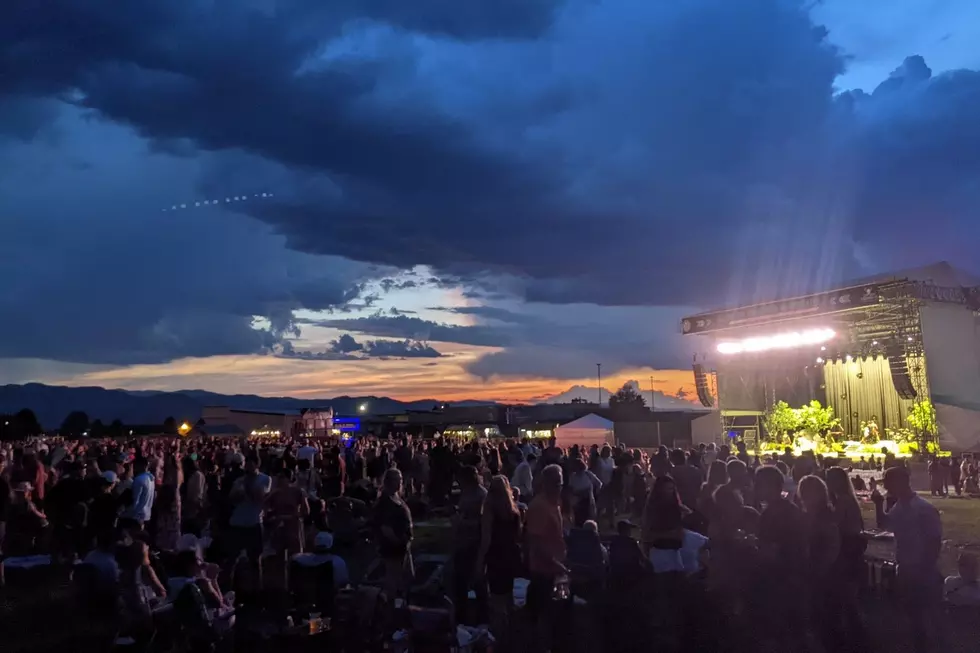
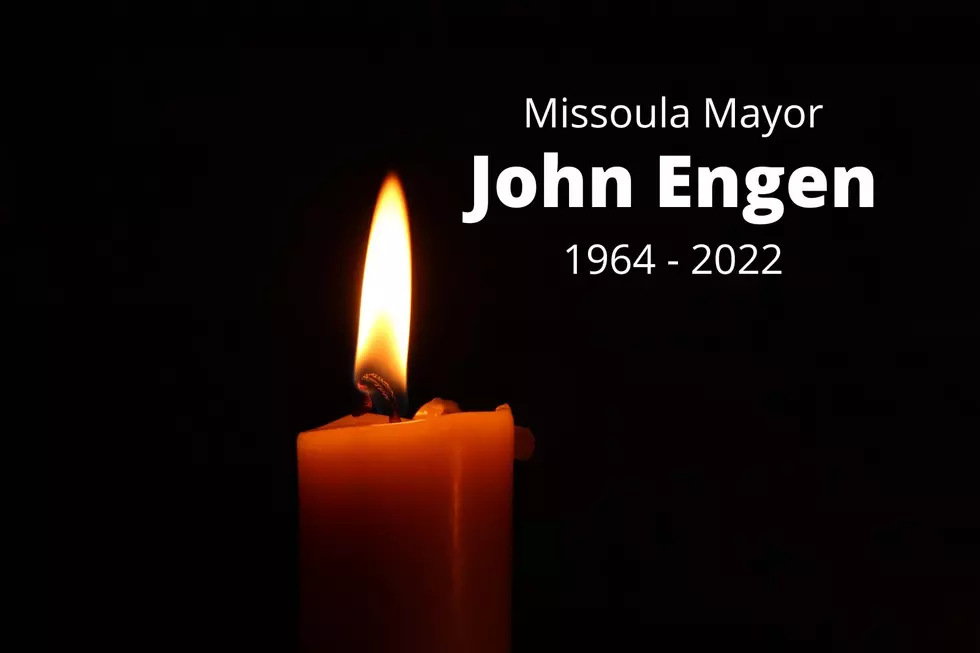


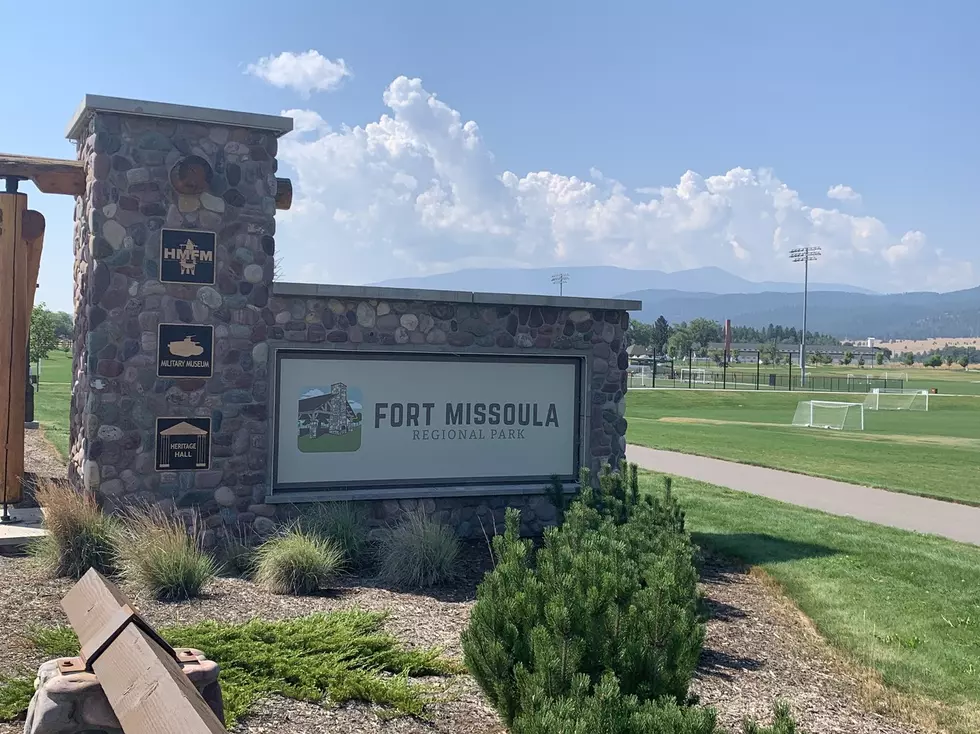
![Keith Urban and Nicole Kidman Visit Vanderbilt Children’s Hospital [Pictures]](http://townsquare.media/site/204/files/2022/08/attachment-GettyImages-1375026218-1-e1660921904420.jpg?w=980&q=75)

